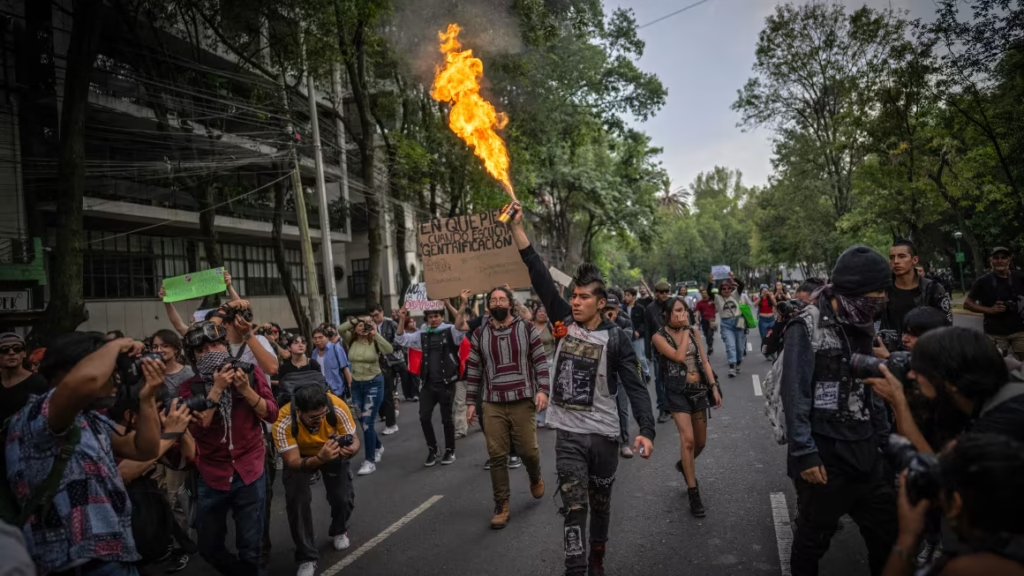Mexico City has found itself at the center of a growing storm over gentrification, as residents take to the streets to protest rising rents, aggressive short-term rental practices, and an influx of digital nomads. In response to public outcry, the city has announced a bold new plan aimed at tackling housing affordability and preventing further displacement of locals.
The protests, which erupted in early July across popular neighborhoods like Roma and Condesa, were fueled by frustration over the skyrocketing cost of living. Demonstrators blamed platforms like Airbnb for turning family homes into high-priced tourist spots and accused the government of enabling the displacement of working-class communities. Some of the protests took on a xenophobic tone, prompting Mexico’s president to denounce any actions targeting foreigners, emphasizing that the real issue lies in systemic housing problems—not individual renters.
To address these deep-rooted concerns, Mexico City’s mayor Clara Brugada has introduced a sweeping 14-point plan. Key proposals include capping annual rent increases to match inflation, introducing a public registry for affordable rental units, and establishing a city agency to enforce rental regulations. The city also plans to crack down on unregulated short-term rentals by introducing stricter oversight and transparency tools to track listings on platforms like Airbnb.
Perhaps the most ambitious part of the plan is the push for long-term solutions to reduce the city’s housing deficit. This includes expanding the supply of public and affordable housing, creating clearer rules for landlords and developers, and ensuring residents are involved in future policy development. Authorities have pledged to work with local communities, housing experts, and urban planners to draft legislation that prioritizes sustainable urban living without pricing out the city’s core population.
The plan is seen as a major step in reversing the effects of gentrification, but challenges remain. Urban analysts warn that unless housing supply is increased substantially, rent controls alone may not ease the pressure on the market. Still, the city’s action marks a shift toward a more people-focused urban policy model.
Mexico City is not alone in facing these tensions. Cities like Lisbon, Barcelona, and Venice have also struggled with the side effects of overtourism and digital migration. As Mexico City charts its path forward, other global cities will be watching closely to see whether community-driven housing reform can balance the needs of locals with the realities of a globalized economy.


